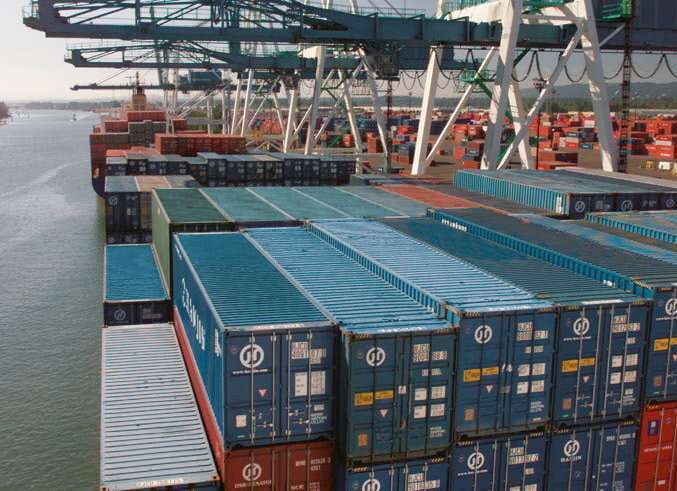New Safety Regulations for Truckers at APM Terminals
By the conclusion of 2016, APM Terminals will mandate that all truck drivers remain in their vehicles while on their premises.
Objective of the Initiative
This initiative aims to eradicate one of the primary hazardous aspects of terminal operations that contribute to injuries. According to APM’s Jeff De Best, the majority of accidents occur while truckers are maneuvering or idling in the terminal yard.
Reducing Injury Risks
“By ensuring that drivers stay inside their trucks at all times while in our terminals, we can eliminate potential injuries stemming from outside drivers, truck traffic, miscommunication, and human error,” stated De Best.
APM Terminals’ Global Reach
APM manages and operates terminals in key ports worldwide, making safety a priority in their operations.
Identifying Risk Areas
Research indicates that moving freight, suspended loads, stored energy, operations at heights, and oversight of outside contractors are the leading causes of fatalities in terminal facilities, with truckers and non-terminal employees being particularly vulnerable during these operations.
Analysis and Implementation
The company plans to evaluate operational processes related to truckers across all APM terminals using various methods, including mapping tools and interviews with truck drivers. This effort is expected to produce a comprehensive and clear policy and procedural framework.
Advancements in Terminal Automation
Due to enhancements in automation and procedural modifications, the presence of outside truckers has already diminished in certain facilities. For instance, truckers are prohibited from accessing the yard at the Tangier, Morocco terminal, while battery-powered automated guided vehicles are utilized for container transport at Rotterdam’s Maasvlakte II.
APM’s Terminal Operations in North America
Describing itself as the largest terminal operator in North America, APM Terminals oversees operations in Los Angeles, Miami, and six additional significant U.S. ports.


